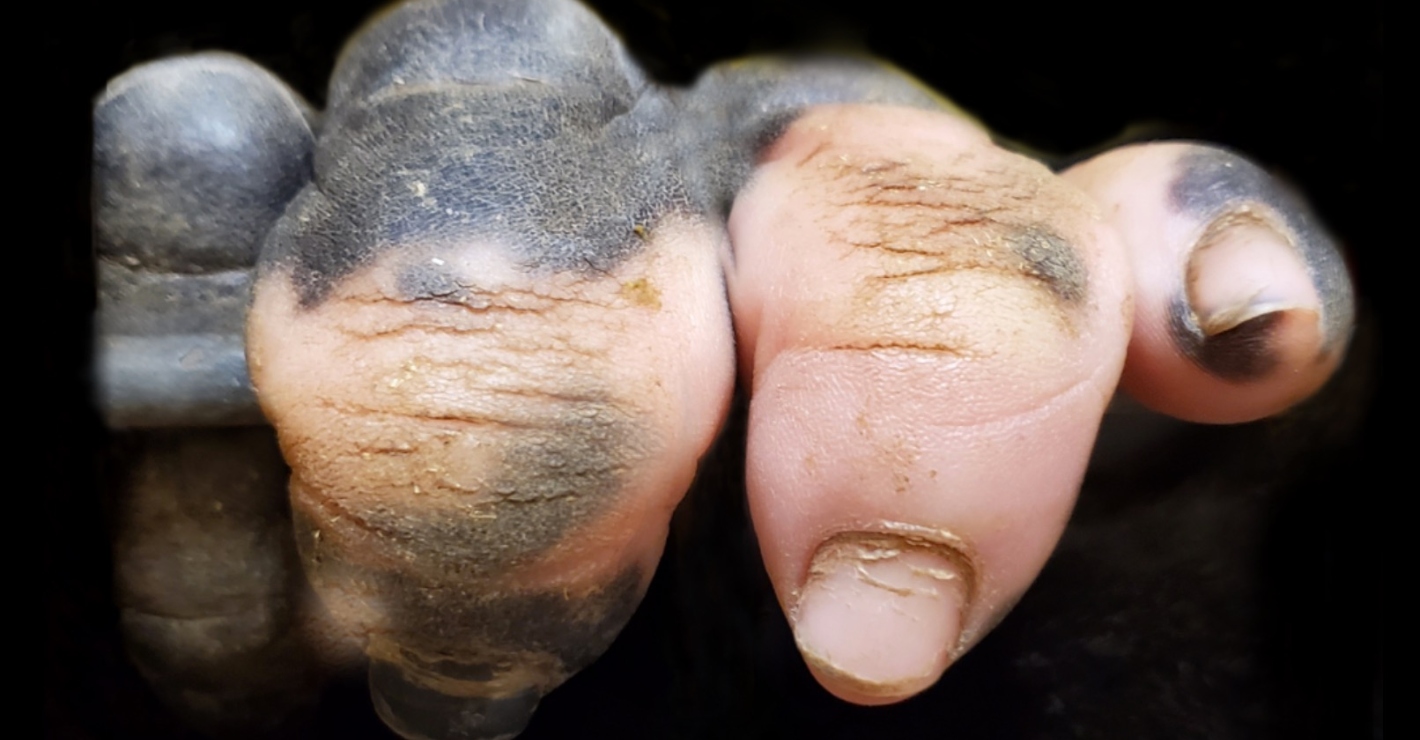There is no doubt that gorillas are more like humans than chimpanzees. Science has proven that 15% of their genetic structure resembles humans. In both, certain genes have also evolved at the same rate, research shows. They include genes for hearing, throwing into doubt theories linking the development of hearing and human language.
Here is a baby gorilla who looks remarkably human like-named Anaka. The gorilla has a unique patch of pigment on her hand. Officials at Zoo Atlanta shared adorable gorilla pictures last year, celebrating her 6th birthday on their official Facebook page.
After posting the photos, comments flooded in wishing Anaka a happy birthday, with many users also amazed by an amazing detail on Anaka’s hand.
While congratulating Anaka, those who were more observant noticed an interesting detail.
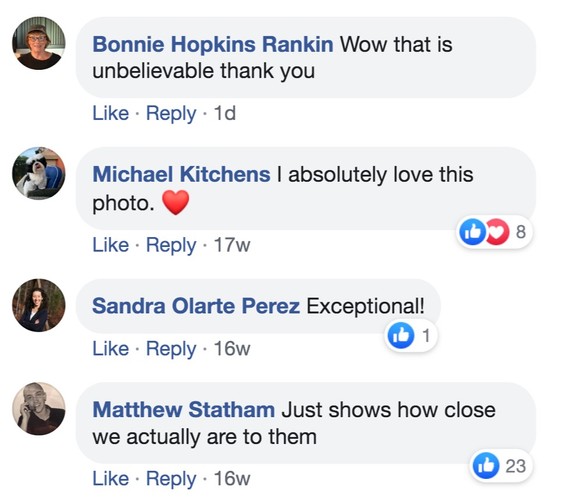
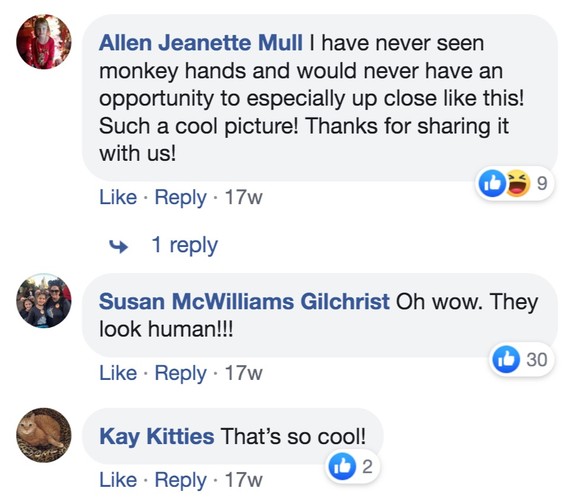
The six-year-old gorilla was born with a unique patch of pigment on her hand, with the close-up picture looking remarkably human-like
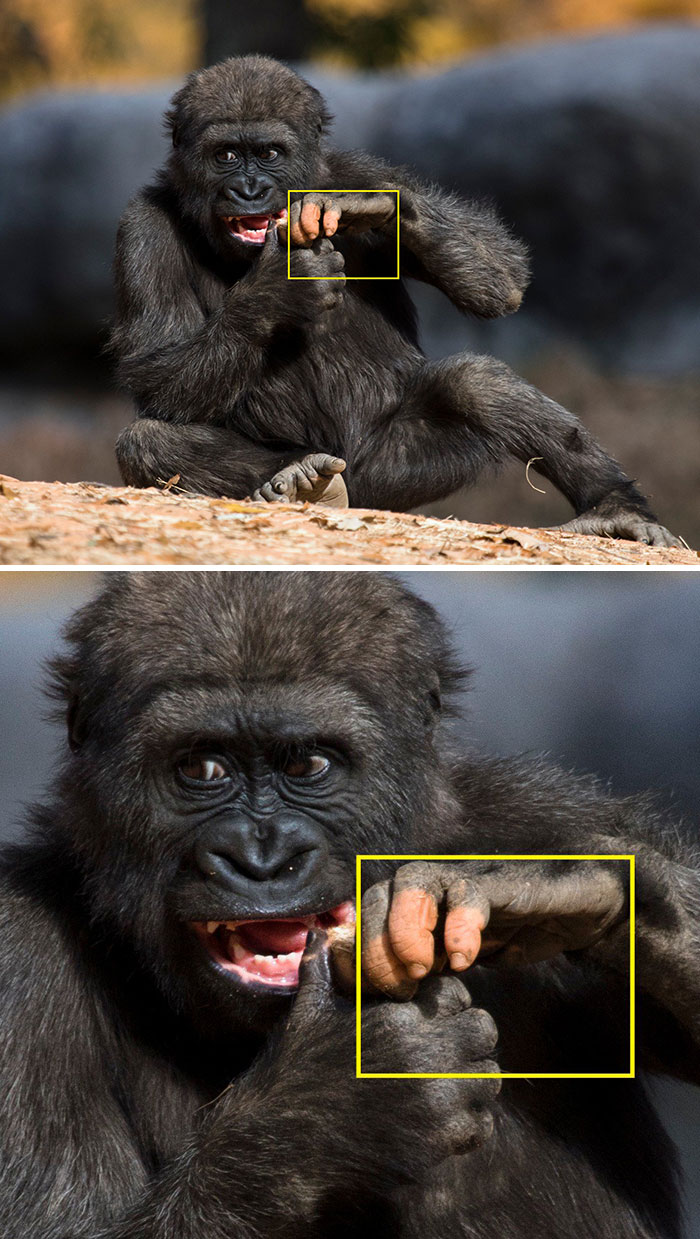
According to the zoo, not only is Anaka’s skin unique, but her personality is as well. “[She’s] often barking at her mom and others to get a prime spot for food and juice,” they wrote on their website.
“She is often seen riding piggyback on her brother and sisters.”
Just like us, gorillas have opposable thumbs and individualized fingerprints and toeprints – which, again, just like humans. Perhaps this can be sometimes used for identification purposes.
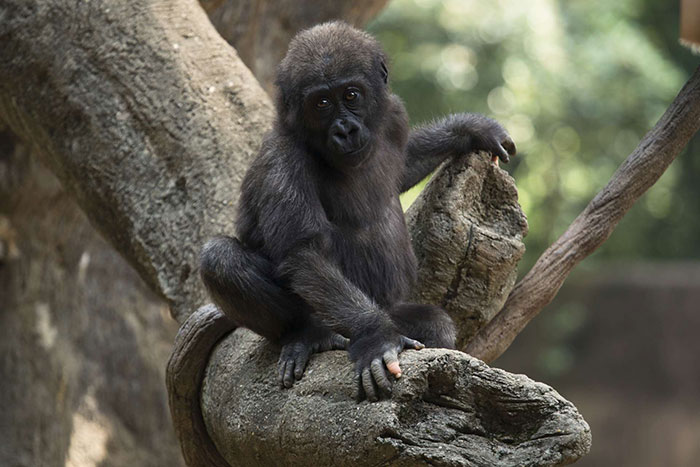
Anaka’s profile on their official website reads –
“A grandchild of the legendary late Willie B., Anaka was the 22nd gorilla born in The Ford African Rain Forest. She has a unique pink and white pigmentation in her fingers and a very unique personality, often barking at her mom and others to get a prime spot for food and juice. She is often seen riding piggyback on her brother and sisters.”
Per National Geographic, Chris Tyler-Smith – Wellcome Trust geneticist said –
“We’re perhaps 98% identical in our [genetic] sequences to gorillas. So that means most of our genes are very similar, or even identical to, the gorilla version of the same gene.”


